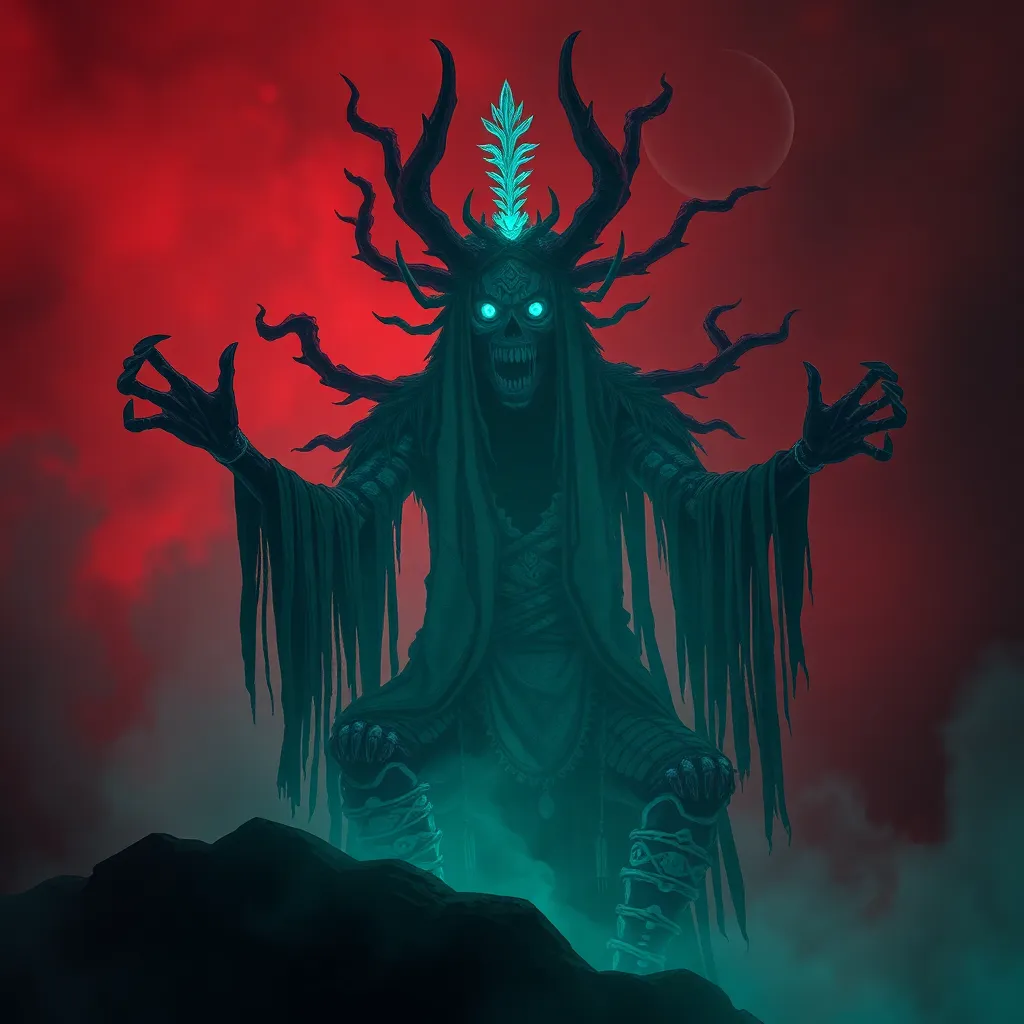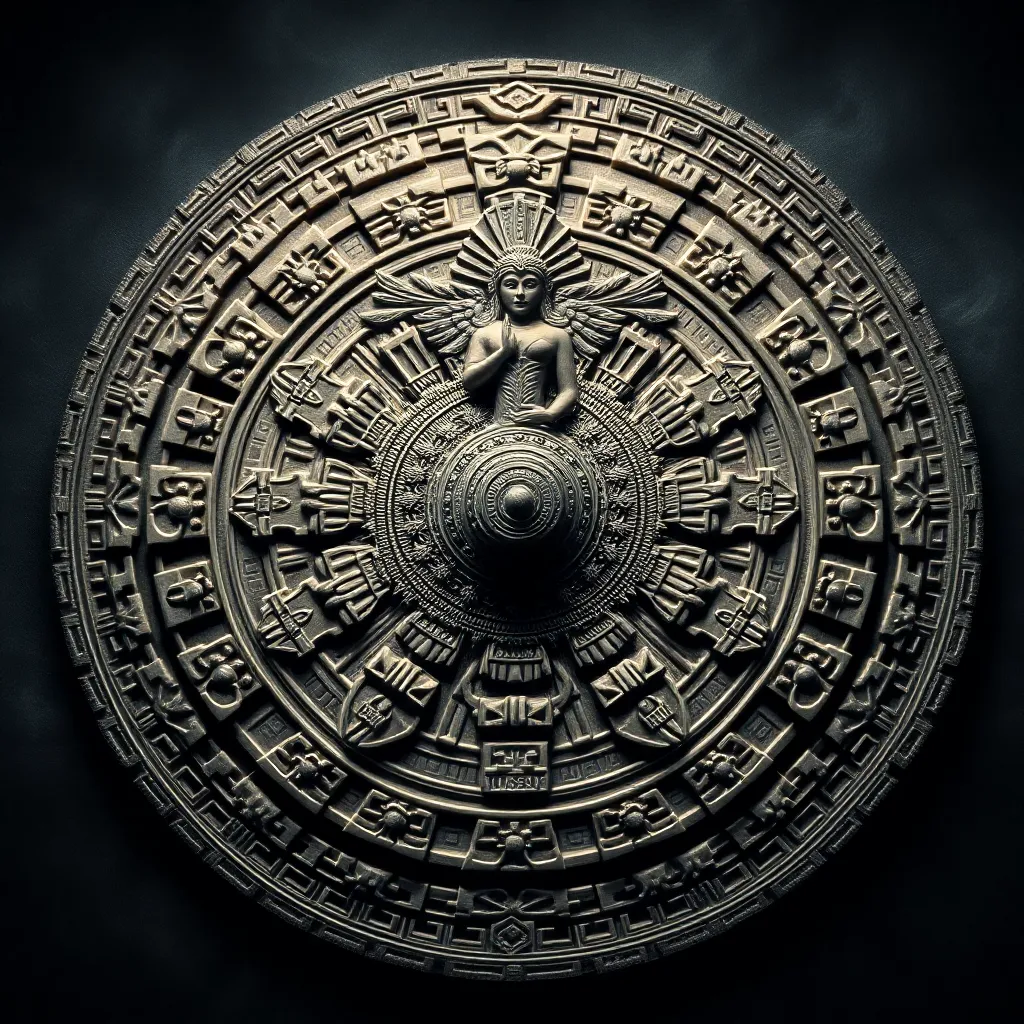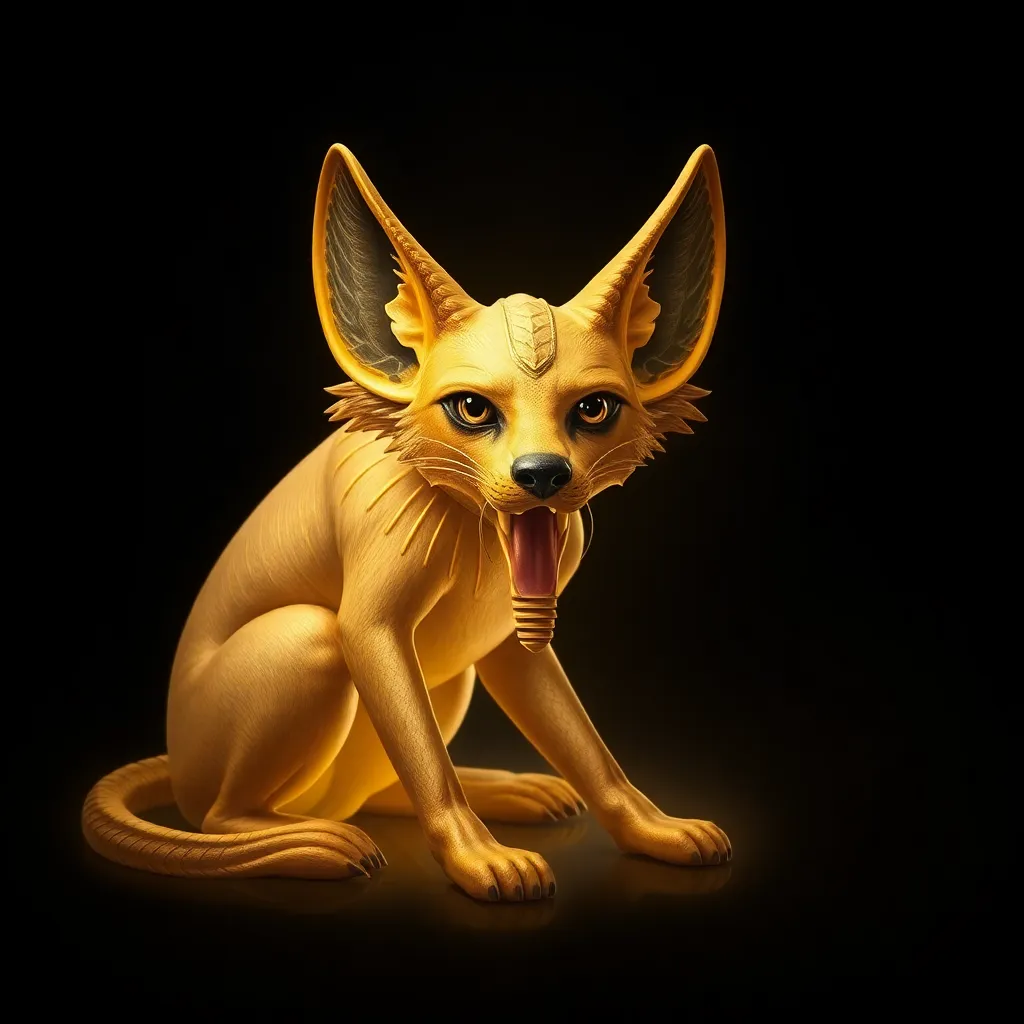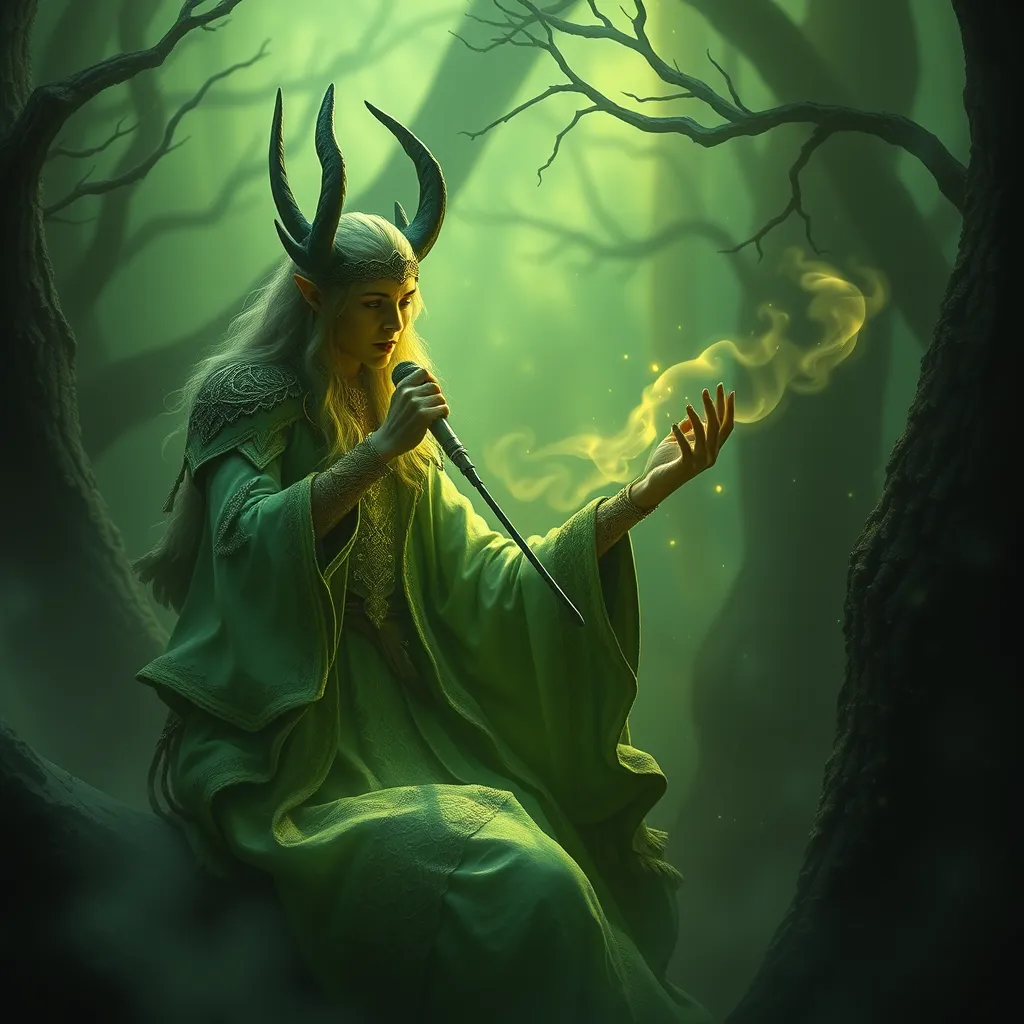The Shapeshifting Spirits: Examining the Tikbalang and its Connection to Undead Beings
I. Introduction
The Tikbalang is a fascinating figure in Philippine folklore, often depicted as a creature with the head and feet of an animal, typically a horse, and the body of a human. This mythical being is not just a product of imagination; it plays a significant role in the cultural narrative of the Philippines. The Tikbalang embodies the concept of shapeshifting spirits, which are prevalent in many cultures around the world.
Shapeshifting spirits, like the Tikbalang, symbolize transformation, duality, and the complex relationship between the physical and spiritual realms. This article aims to explore the Tikbalang’s connection to undead beings within Filipino mythology, examining its origins, characteristics, and the cultural significance it holds today.
II. The Origins of the Tikbalang
A. Historical background and cultural significance
The origins of the Tikbalang can be traced back to pre-colonial Philippine beliefs, where it was considered a guardian of the forest and the wild. It embodies the spirit of nature, often associated with mischief and trickery. Many indigenous groups viewed the Tikbalang as a protector of the land, while others regarded it with fear and superstition.
B. Regional variations and interpretations of the Tikbalang
Across the Philippines, the Tikbalang is portrayed differently depending on the region. In some areas, it is seen as a benevolent figure, while in others, it is viewed as malevolent. For instance:
- In Luzon, the Tikbalang is often depicted as a mischievous creature that leads travelers astray.
- In the Visayas, it is sometimes seen as a guardian spirit of the mountains.
- In Mindanao, Tikbalangs are often associated with other mythical creatures, enhancing their mystical nature.
C. Myths and legends surrounding its creation
Various myths explain the creation of the Tikbalang. One popular legend involves a union between a human and a spirit, resulting in a child that is neither fully human nor spirit. This duality is significant, reflecting the Tikbalang’s role as a bridge between the mortal world and the spirit realm.
III. Characteristics of the Tikbalang
A. Physical description and common traits
The Tikbalang is most commonly described as having a horse’s head and human body, which can vary in size and stature. Its features are often exaggerated, with long limbs and an imposing presence. Some accounts suggest that it can appear more human-like when it chooses to do so.
B. Behavioral patterns and shapeshifting abilities
One of the Tikbalang’s defining traits is its ability to shapeshift. It can transform into a human, an animal, or even inanimate objects. This shapeshifting ability allows it to play tricks on unsuspecting travelers, leading them in circles or causing them to lose their way.
C. Role in folklore and popular culture
The Tikbalang has made its way into various forms of art, literature, and media, becoming a symbol of Filipino folklore. Its character often serves as both a cautionary tale and a source of entertainment, reflecting the rich tapestry of Philippine cultural heritage.
IV. The Connection to Undead Beings
A. Overview of undead beings in Filipino mythology
Filipino mythology is rife with tales of undead beings, including the Aswang, Manananggal, and other vampiric entities. These creatures often embody fears surrounding death and the afterlife, representing the thin line between life and death.
B. Comparative analysis: Tikbalang and other undead creatures
While the Tikbalang is not classified as an undead being in the traditional sense, it shares similarities with these creatures:
- Both Tikbalangs and undead beings are associated with transformation and the supernatural.
- They often serve as cautionary figures, teaching moral lessons about respect for nature and the consequences of disrespecting the spirit world.
C. Symbolism of death and transformation in Tikbalang lore
The Tikbalang symbolizes the cycle of life and death, often serving as a reminder of the importance of balance in nature. Its shapeshifting nature reflects the idea that nothing is permanent and that transformation is a constant in life.
V. The Tikbalang’s Role in Folklore and Superstitions
A. Stories and encounters with the Tikbalang
Numerous stories recount encounters with the Tikbalang, often ending with a moral lesson. People share tales of being led astray in the mountains or encountering a mysterious figure that vanished upon closer inspection.
B. Common rituals and practices to ward off the Tikbalang
To protect themselves from the Tikbalang, people engage in various rituals:
- Wearing an amulet or talisman believed to ward off evil spirits.
- Reciting prayers or invocations for protection.
- Offering food or gifts to appease the spirit.
C. The Tikbalang as a cautionary figure in local storytelling
The Tikbalang serves as a cautionary figure in many local stories, often teaching lessons about humility, respect for nature, and the consequences of arrogance. These stories are passed down through generations, reinforcing cultural values.
VI. Modern Interpretations and Representations
A. Tikbalang in contemporary literature and media
In contemporary literature, the Tikbalang continues to inspire writers and filmmakers. It appears in novels, short stories, and films, often reimagined for modern audiences while retaining its folkloric roots.
B. Influence on art, film, and popular culture
Artists and filmmakers draw on the Tikbalang’s rich imagery and symbolism to create works that reflect Philippine culture. It has influenced various forms of media, from animated series to horror films, highlighting its enduring legacy.
C. The Tikbalang’s relevance in modern Filipino identity
The Tikbalang remains a significant aspect of Filipino identity, symbolizing the connection to nature and the importance of folklore in understanding cultural heritage. It serves as a reminder of the past while continuing to evolve in contemporary narratives.
VII. Cultural Significance and Spiritual Beliefs
A. The Tikbalang as a cultural icon and symbol of nature
As a cultural icon, the Tikbalang represents the intricate relationship between the Filipino people and their environment. It embodies the respect for nature and the belief that spirits inhabit the natural world.
B. Spiritual beliefs surrounding shapeshifting and the undead
The Tikbalang’s shapeshifting abilities highlight the fluidity of existence and the belief in the interconnectedness of all beings. This reflects a broader spiritual belief in transformation and the cycles of life and death.
C. The Tikbalang’s role in communicating moral lessons
Through its stories, the Tikbalang communicates essential moral lessons, emphasizing the need for respect, humility, and harmony with nature. These teachings resonate with the values of Filipino culture, reinforcing communal bonds and shared beliefs.
VIII. Conclusion
In conclusion, the Tikbalang holds a significant place in Philippine folklore, representing the complexities of shapeshifting spirits and their connections to themes of death and transformation. Its origins, characteristics, and cultural significance reflect a rich narrative that has endured through generations.
The interconnectedness of shapeshifting spirits and the undead in Filipino mythology offers a deeper understanding of the cultural beliefs surrounding life, death, and the natural world. The Tikbalang, with its mischievous yet profound nature, continues to be a compelling figure that shapes the identity of the Filipino people and their relationship with their cultural heritage.



